Growing demand, higher costs challenge Wisconsin's booming dairy goat industry
The market for goat cheese and other specialized dairy products continues to build, but producers large and small around the state are confronting spikes in the price of feed.
By Will Cushman
July 19, 2022
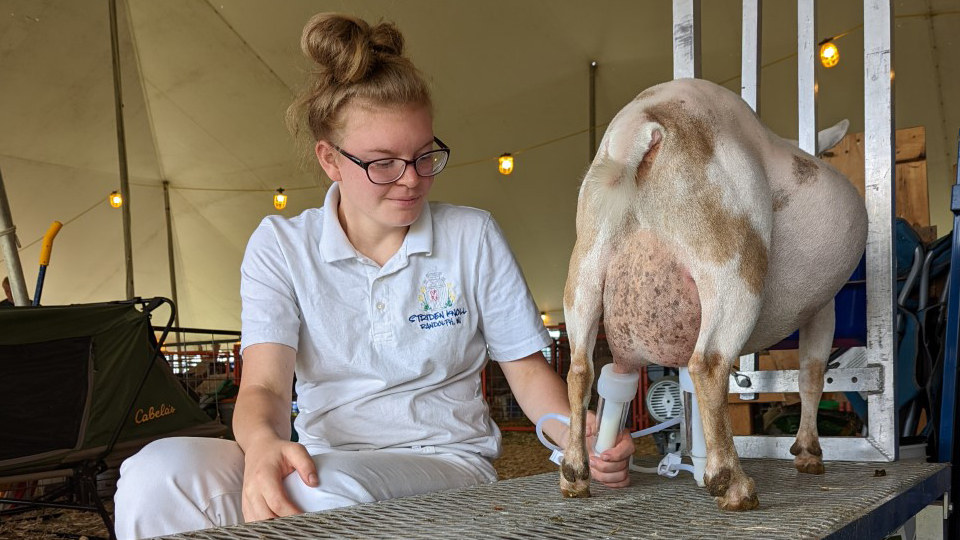
Josie Stringfield demonstrates how dairy goats are milked at the Northern Wisconsin State Fair on July 13, 2022. (Credit: Courtesy of Kate Stringfield)
A merger of Wisconsin’s two largest dairy goat operations is highlighting the evolution of the state’s industry as consumer demand for goat cheese and related products continues to build amid rising costs for producers.
Wisconsin has for years been the epicenter of the American dairy goat industry. As of 2017, the state topped the nation in number of dairy goats and the value of sales from goat dairy farms, according to the U.S. Department of Agriculture. Wisconsin’s industry is also the nation’s largest in terms of how big dairy goat farms are — in 2017, the state’s average herd size was 81, compared to a national average of 15.
In April 2022, two neighboring dairy goat farms with large herds near the eastern shore of Lake Winnebago merged into one business in a partnership with the state’s largest homegrown goat dairy creamery. The merger of Chilton Dairy and Drumlin Dairy with LaClare Family Creamery means the growing cheesemaker has a supply of fresh goat’s milk from as many as 17,000 animals, or around a fifth of the state’s total herd as of the USDA’s last count in 2017.
The merger, completed in January 2022, brings together two major players in Wisconsin’s goat and cow dairy industries — Milk Source LLC and Holsum Dairies. Representatives of the two operations declined interviews for this story, but in May, Milk Source partner Jim Ostrom told the agricultural newspaper Wisconsin State Farmer the merger came about in part due to higher costs for commodities needed to raise dairy goats, which are rising faster than the prices farmers are able to get for their milk.
A spike in costs of inputs is affecting Wisconsin’s goat dairy producers large and small, according to Anna Thompson Hajdik, vice president of the Wisconsin Dairy Goat Association. While Thompson Hajdik does not milk her own goats, she runs a breeding operation and sells milking goats to other farms. She said the cost of grain she feeds her herd has shot up at least 40% over the last year.
“That has been a real challenge to some producers these last few months,” Thompson Hajdik said.
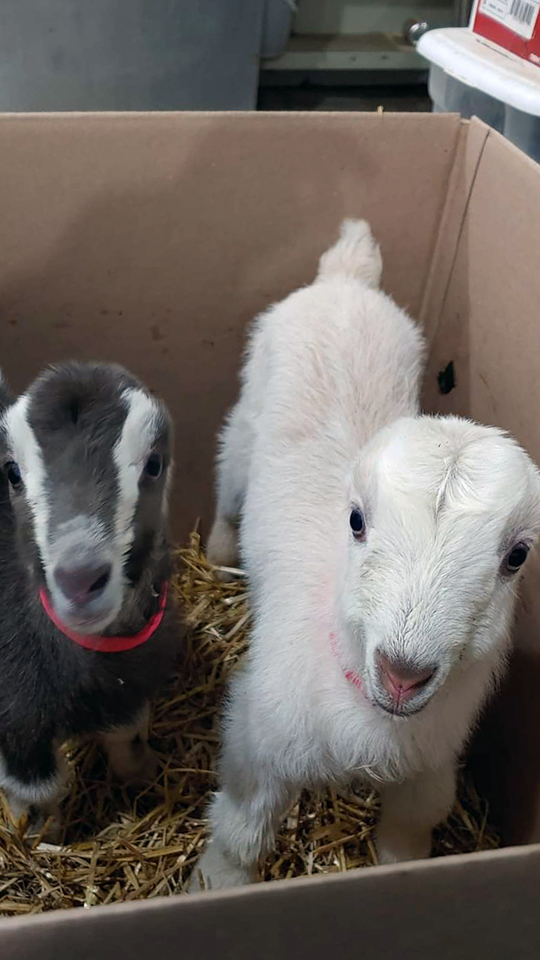
Wisconsin’s dairy goat industry leads the nation, boasting the largest overall herd and market value for its products, along with an average individual herd size that’s far larger than elsewhere. (Credit: Courtesy of Kate Stringfield)
Kate Stringfield is among those producers challenged by rising commodity prices. Stringfield milks nearly 70 goats near Randolph in Columbia County. Like many small dairy goat producers, Stringfield’s herd began as a hobby that grew into a full-fledged business. In recent years, however, she downsized from a herd of about 120 because her daughter — her primary helper in milking and caring for the goats — left for college. Stringfield said she’s preparing to cut her herd back even further as her twin sons prepare to leave for school as well at the same time that rising costs eat up more and more of the income she derives from the milk she sells.
“The cost of everything has gone up, yet the amount that our paycheck reflects that is little to none,” said Stringfield, who sells her milk to Saputo, a Canada-based dairy processor with a large presence in Wisconsin.
Saputo buys milk from many small producers in the state and makes goat cheese under the Montchevre brand. Large processors can have considerable leverage to set regional milk prices, and even though Saputo offered a modest increase in the price it pays Stringfield for her goats’ milk at the beginning of 2022, she estimated the extra income covers about one-quarter of the higher costs she’s facing.
Most of the additional costs are for feed in the form of grain and hay. Like many small producers who have gotten into the dairy goat industry in recent decades, Stringfield does not have the space or experience to grow her own feed on her 16-acre farm.
“All of our inputs are bought,” she said. “So it does make it tough.”
The merger of Wisconsin’s two largest dairy goat farms mirrors consolidation in the dairy cow industry. Even as the number of cows being milked has held relatively steady in the state, the number of dairy operations has been dwindling for decades, with the trend accelerating in recent years.
While Stringfield is in the process of downsizing, she does not expect to fully cease milking goats. Acknowledging the churn of a tough business made tougher by rising costs, Thompson Hajdik predicted that most dairy goat milk producers in Wisconsin would weather the inflationary period.
“From my vantage point, we still aren’t seeing the same kinds of pressures that the dairy cattle industry has seen, where smaller farms are being pushed out,” Thompson Hajdik said, noting that some smaller operations in the state have added to their herds significantly in the last year.
“My guess is that’s because there’s still such a demand and there’s still not enough goat milk being produced nationwide,” she said. “Until the demand is met, I think there’s still room for Milk Source but also for the smaller producers.”
 Passport
Passport




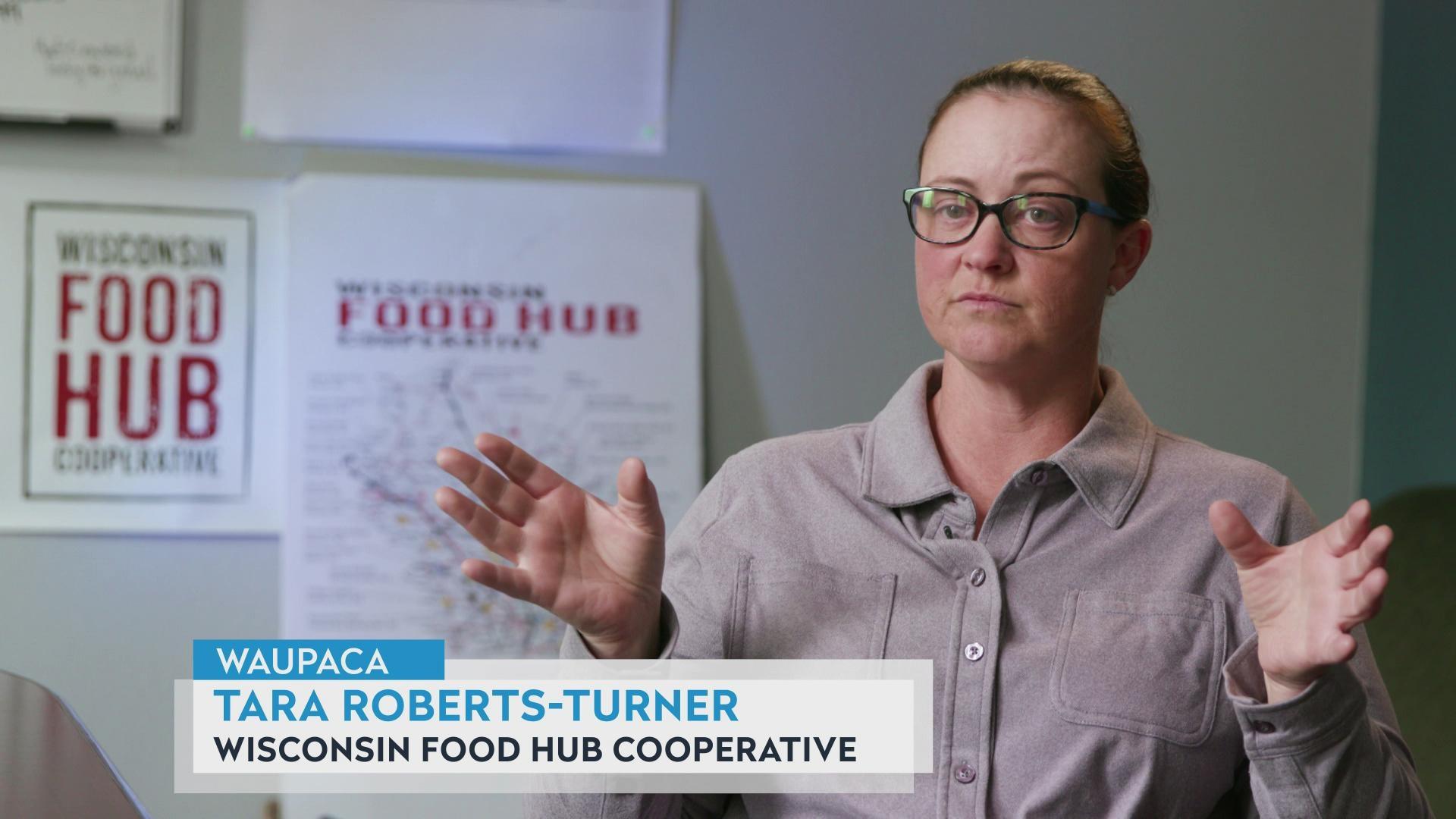
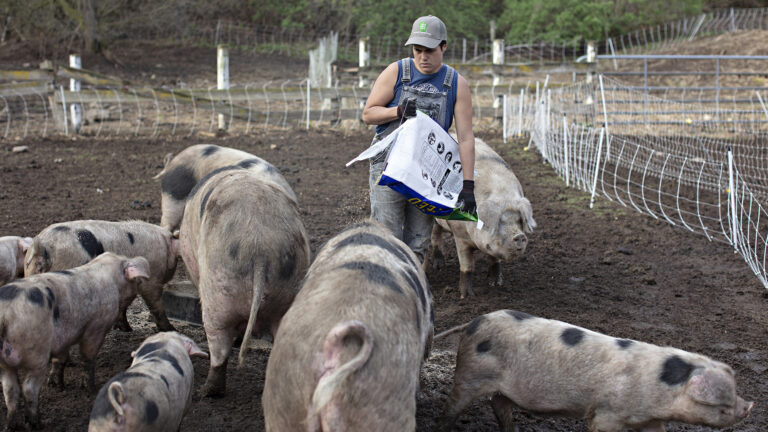
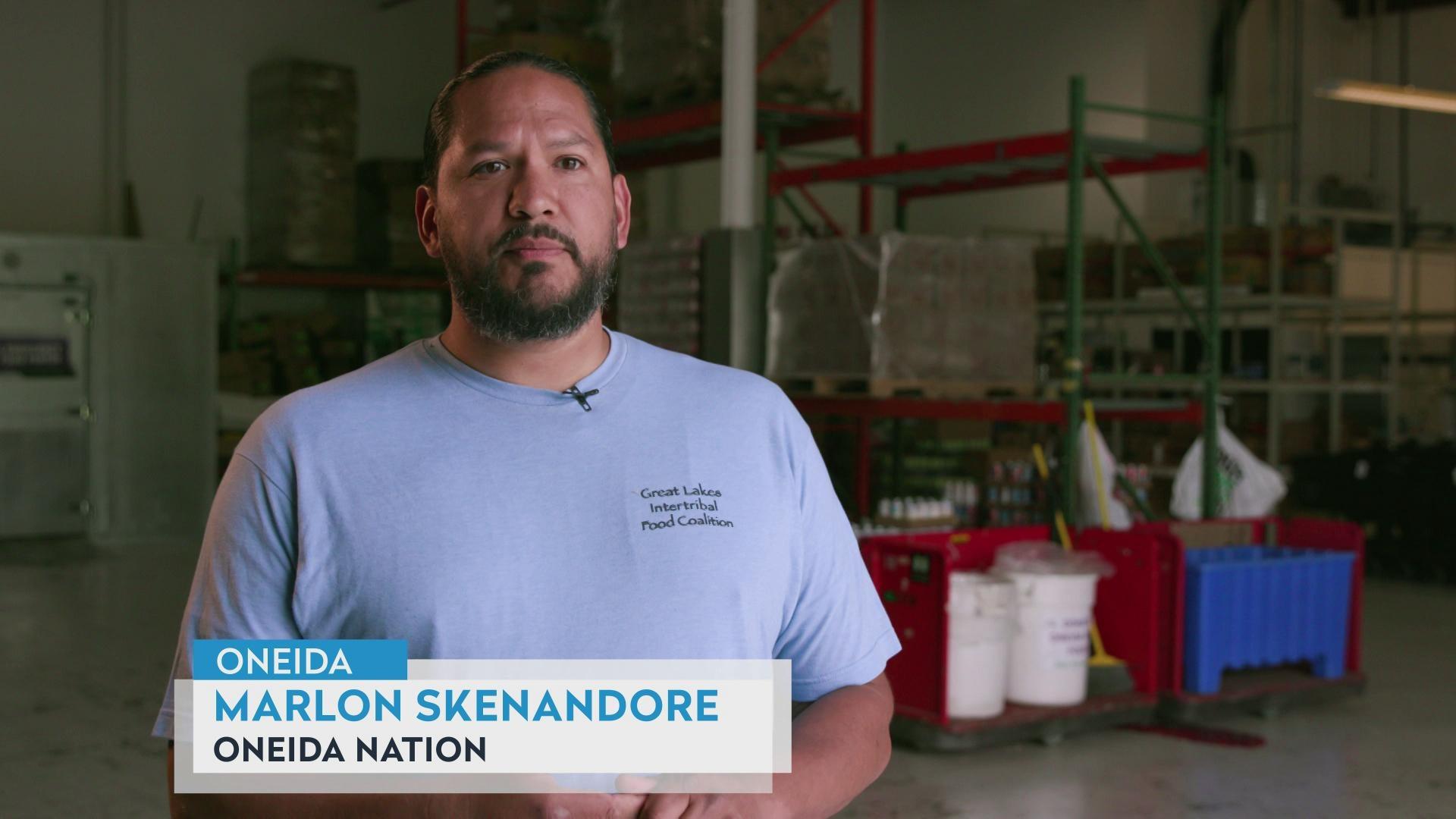

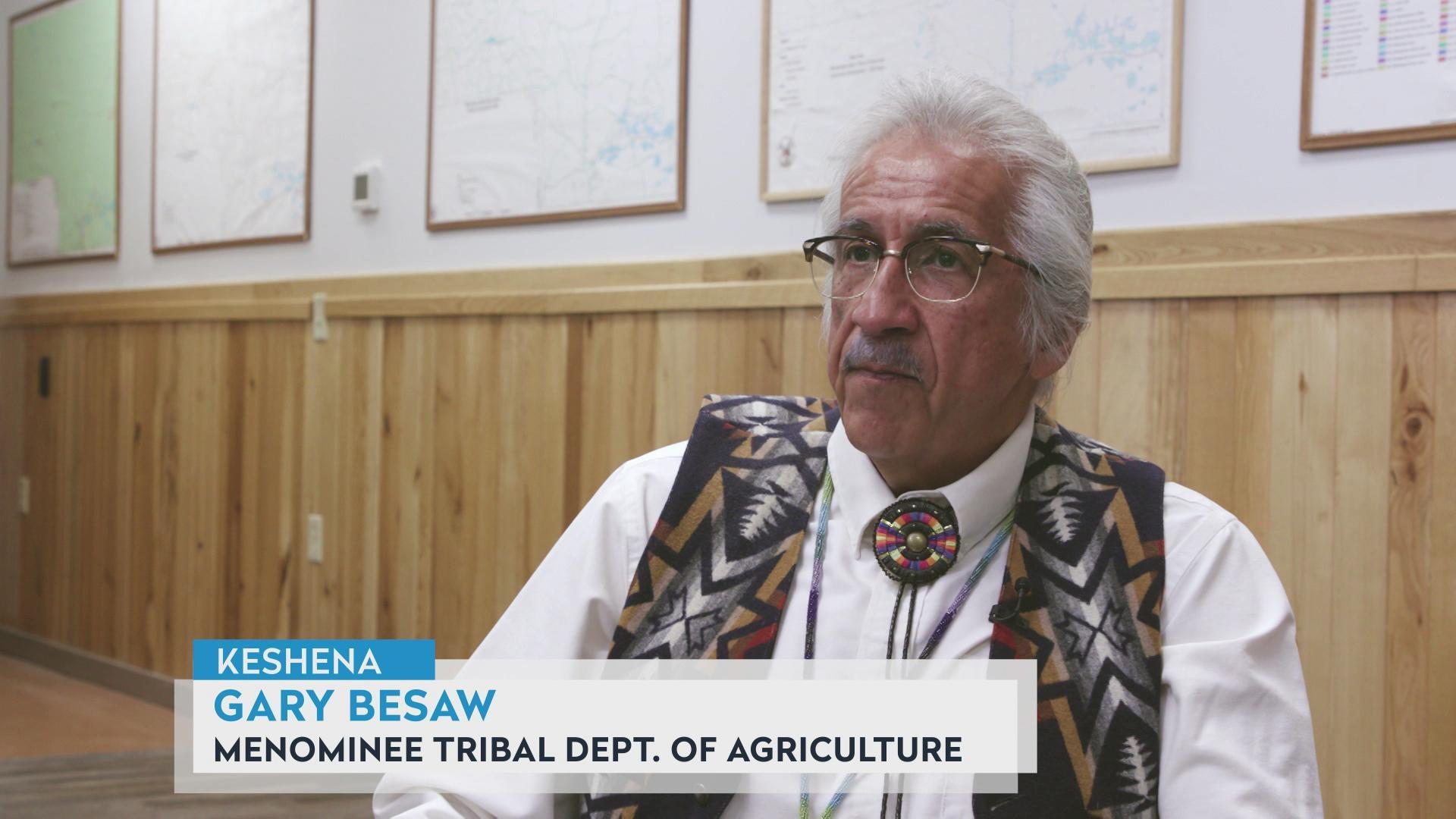
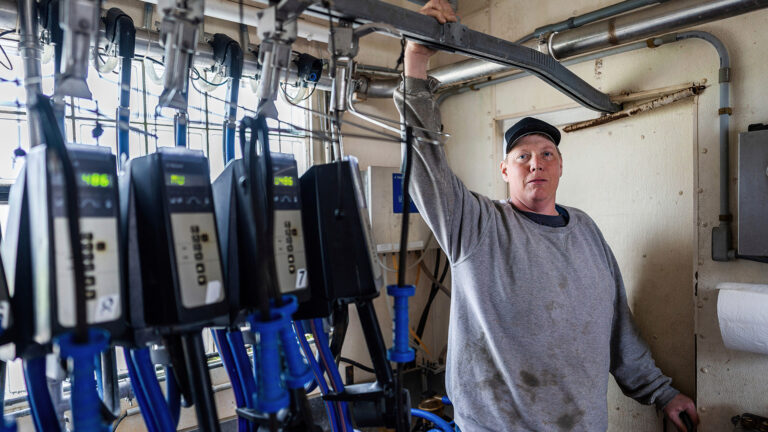

Follow Us